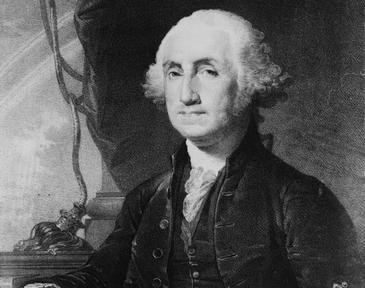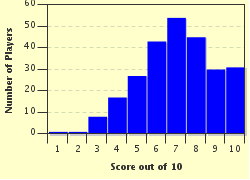Quiz Answer Key and Fun Facts
1. In what present-day location was George Washington born?
2. George Washington's father was a planter. What was the main cash crop that was grown on his estate?
3. Who were George Washington's parents?
4. George Washington's father died when George was eleven years old. After his father's death, George lived with his brother. What was his brother's name?
5. One of the most famous stories of George Washington's childhood concerns an alleged incident with which kind of tree?
6. About how old was George Washington when the alleged incident with the tree took place?
7. According to the story, when asked if he knew what happened to the tree, George Washington said, "I can't tell a lie, Pa; you know I can't tell a lie. I did cut it with my...?
8. According to the story, how did George Washington's father react after George admitted to chopping down the tree?
9. What was the name of the estate that George Washington inherited from his father?
10. When his older brother died, George Washington inherited the estate that would become his home for the rest of his private life. What is the estate called today?
Source: Author
ponycargirl
This quiz was reviewed by FunTrivia editor
stedman before going online.
Any errors found in FunTrivia content are routinely corrected through our feedback system.

